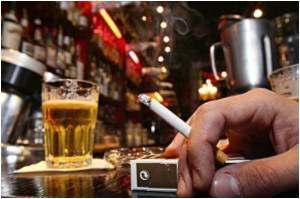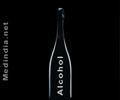Behavioural economic analysis, claims a new research study, could assist in a more objective understanding of craving and addiction.

The study appears in the journal Addiction.
The classical perspective on the role of craving in addiction is that over time excessive alcohol or drug use leads to increasingly persistent desires or urges for them. Ways to use craving as a predictor of post-treatment relapses, have, unfortunately, been unclear at best.
"The role of craving in the motivation of drug users has been controversial because of ambiguous findings and challenges in defining craving itself. The field of behavioural economics is a hybrid of psychology and microeconomics and has the potential to address a number of the inherent limitations we have seen in studying craving. One of the reasons for the ambiguity may be related to measurement problems. Behavioral economics translates subjective desires into more objective terms, like number of drinks consumed and dollars spent, and shows real promise in finding better ways to study and understand craving," lead author James MacKillop, a member of the department of psychology in the University of Georgia's Franklin College of Arts and Sciences, said.
Other authors of the paper are Sean O'Hagen and Stephen Lisman of the State University of New York at Binghamton, James Murphy of the University of Memphis, Lara Ray of UCLA and Jennifer Tidey, John McGeary and Peter Monti of the Providence Veterans Medical Center and Brown University.
The study involved 92 university students who were "heavy drinkers," meaning at least 21 drinks a week for males and 14 for females. The subjects were not given anything to drink but underwent a laboratory assessment after being poured a glass of spring water and after being poured a glass of their favorite beer.
Advertisement
While this may seem intuitive and a matter of common sense, behavioural economic methods have not been extensively applied to understand craving in the past. The new information may be useful, for example, in understanding the paradoxical behavior exhibited by addicts who commonly vacillate from wanting to quit drinking, smoking or using other drugs to reversing course and continuing to use.
Advertisement
MacKillop said: "Assessing craving using behavioural economic variables gives us a different and more complete understanding of how craving and decision-making interact. We believe this work is both interesting and exciting and has the capacity to help us understand craving much better than we have before."
Source-ANI









